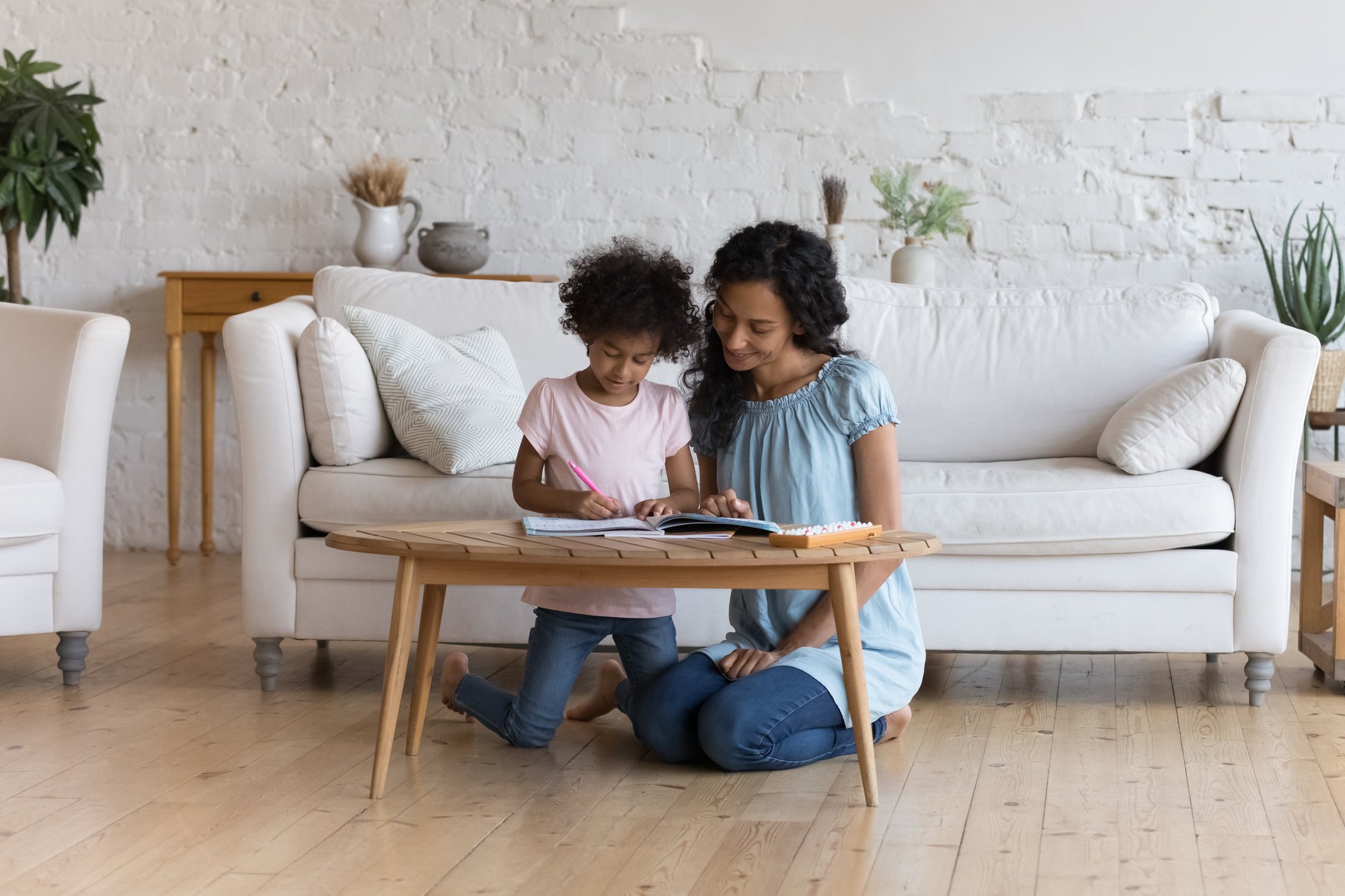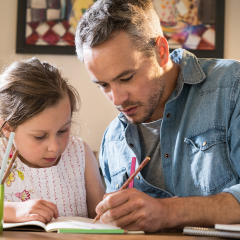Reading During Lockdown
A recent National Literacy Trust report on children’s reading during lockdown throws up some interesting implications for the return to school in September. It identified several key areas:
- Engagement – Children are reading and enjoying reading more during lockdown.
- Gender – Girls have been reading more than boys, but more boys than girls indicated that they enjoyed audio books and were listening to them more.
- Mental health – Children have used reading to make them feel better and as a means of dreaming about the future.
- Barriers to reading – Some children faced barriers such as access to books, lack of space support or space in the home environment.
Assessment and Intervention
So, it’s not all bad news but undoubtedly, some children will have had far fewer opportunities to read than others and this will inevitably impact on their ability to learn across the whole curriculum.
It’s crucial to identify which children have fallen behind and to put in place effective and focussed interventions as early as possible. Using teachers’ knowledge alongside diagnostics to get a really good idea of what each pupil needs means you will be able to focus resources.
Ensure your staff have the skills and resources to run effective reading comprehension sessions with a clear focus on the Key National Curriculum reading comprehension skills for each year group.
Take every opportunity to embed reading across your curriculum and across the school day. A daily story time not only role models reading aloud, it also generates lots of informal book talk and – with a bit of advice from a librarian or your teacher network – you’ll find an age-appropriate story to link to subjects across your curriculum.
Review Resources
Review your reading resources. Make sure you have a diverse and broad collection of books that will engage all readers including hi-lo (high interest-low ability) texts and more challenging age-appropriate titles to extend those children whose reading has progressed during the period of school closure. Consider adding audiobooks – the NLT report found that of the boys listening to audiobooks, 1 in 2 said that it had increased their interest in reading.
Remove as many barriers to reading as you can. If your school library has been closed don’t give up on books. Use class sets or group reading sets to eliminate sharing, instigate a system of quarantining to reduce the risks of handling or, if you have a library management system, start your own ‘click and collect’ service. See more about reopening your library here.
Build on the Positives
We all know there will be major challenges ahead, not least of which is to re-establish school routines and stability. But by identifying where interventions are necessary, by ensuring that they are well-planned and effective and then by removing other barriers to reading (such as access to books and time), we not only address reading recovery, we also use the ability to access texts as a way of supporting children’s mental health and life chances.
“Helping children sustain a love of reading beyond lockdown is crucial to supporting children’s literacy skills, wellbeing and life chances.”
Children and young people’s reading in 2020 before and during the COVID-19 lockdownChristina Clark and Irene Picton, NLT, July 2020
Structure and Organise Useful Active Reading Comprehension Sessions
Designed by our librarians alongside expert teaching and learning advisers, our ‘Reading Comprehension Question Cards’ focus on age-appropriate titles and include example questions with discussion points to ensure each session is structured and effective.
See also:









